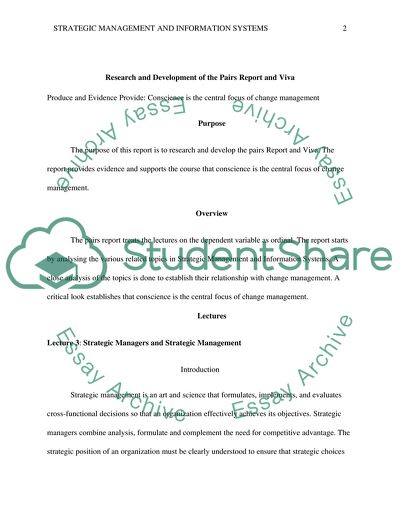Cite this document
(“Strategic Management and Information Systems Coursework”, n.d.)
Strategic Management and Information Systems Coursework. Retrieved from https://studentshare.org/information-technology/1630150-strategic-management-and-information-systems
Strategic Management and Information Systems Coursework. Retrieved from https://studentshare.org/information-technology/1630150-strategic-management-and-information-systems
(Strategic Management and Information Systems Coursework)
Strategic Management and Information Systems Coursework. https://studentshare.org/information-technology/1630150-strategic-management-and-information-systems.
Strategic Management and Information Systems Coursework. https://studentshare.org/information-technology/1630150-strategic-management-and-information-systems.
“Strategic Management and Information Systems Coursework”, n.d. https://studentshare.org/information-technology/1630150-strategic-management-and-information-systems.


